Neck stiffness, headaches, and upper‑back soreness after a sudden car stop or sports hit often signal whiplash—a cervical acceleration–deceleration injury. At The PT Zone, we calm irritated tissues, restore mobility, and rebuild neck stability so you can turn, drive, and work without lingering pain.
- Relieve neck pain, headaches, and shoulder tension
- Restore pain‑free rotation for driving and daily tasks
- Re‑train deep neck flexors for lasting stability
- Prevent chronic whiplash with posture and activity guidance
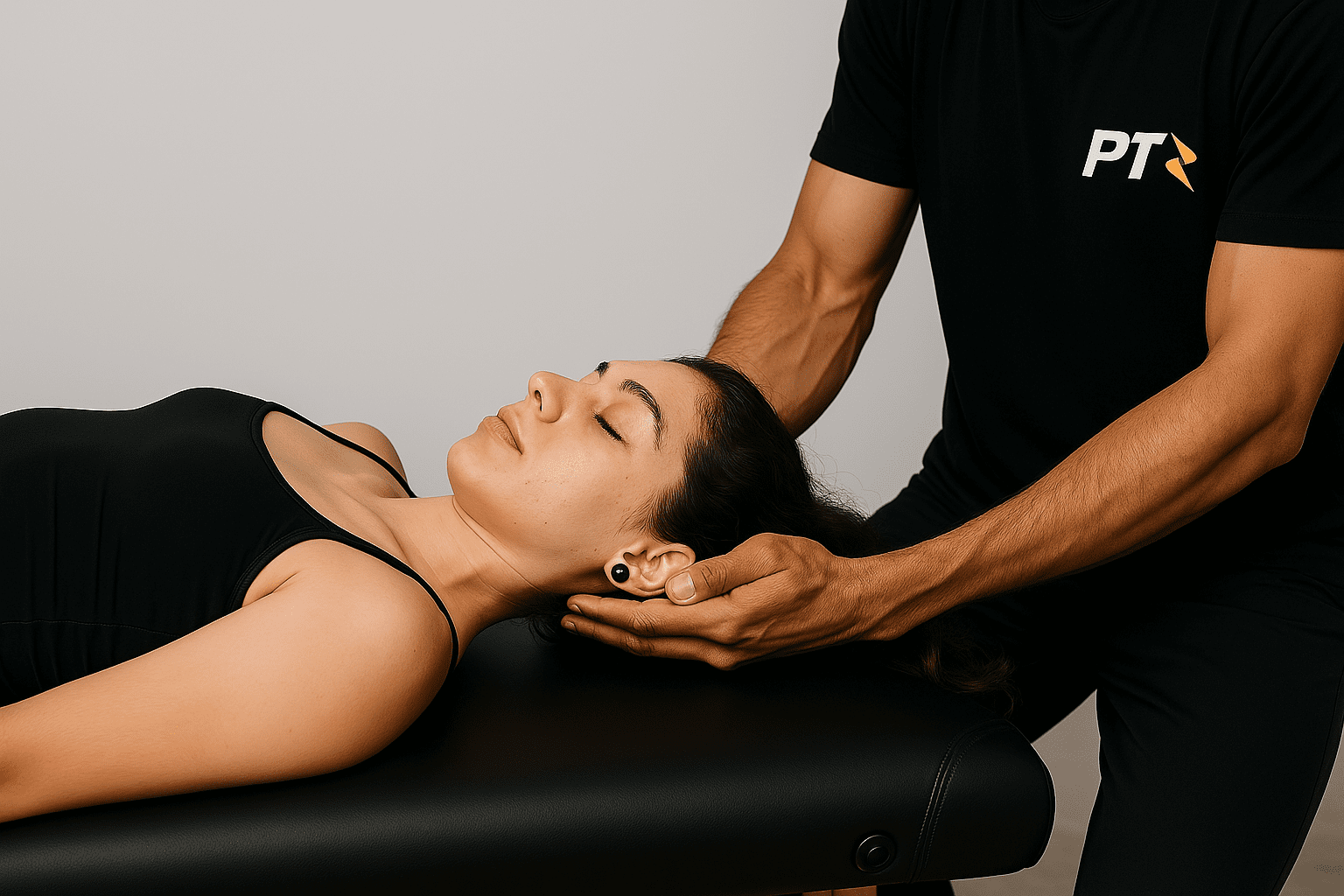
Steady Your Neck—
Move Without Hesitation
Whiplash happens when the head snaps forward and back in milliseconds, overstretching neck muscles, ligaments, and joint capsules. Besides classic stiffness, many people feel jaw pain, dizziness, or tingling into the arms days after the incident. Fear of movement can set in quickly, guarding already irritated tissue and prolonging recovery. At The PT Zone, we start with a comprehensive cervical screen—checking joint glide, nerve tension, eye‑head coordination, and postural muscle endurance. Understanding which structures are sensitive guides our gentle, graded approach that soothes pain without re‑aggravating healing tissue.
Early relief: Soft‑tissue release to suboccipitals and upper traps reduces headache drivers, while low‑grade joint mobilizations restore segmental motion. Gentle deep‑neck‑flexor activation (chin nods) and scapular setting exercises re‑establish neuromuscular control without provoking soreness. We also educate on relative rest—short intervals of supported sitting, micro‑walks, and neck posture breaks—because complete immobility slows collagen remodeling and prolongs symptoms.
Building resilience: As pain recedes, we progress to proprioceptive drills—laser‑guided head turns, eye‑tracking, and unstable‑surface balance—to recalibrate the cervico‑vestibular system frequently disturbed after whiplash. Strength circuits add Theraband resisted rotations, scapular rows, and posterior‑chain work, ensuring the neck, mid‑back, and core share daily loads. For drivers, we integrate mirror‑check practice; for athletes, controlled sprint starts or contact prep rebuilds confidence under game‑like forces.
By discharge, clients typically report full rotation, headache‑free days, and a clear “neck maintenance” routine—quick flexor sets, posture cues, and stress‑relief breathing—that keeps whiplash symptoms from resurfacing during busy commutes or workouts.
Our Therapies for Whiplash (Cervical Sprain/Strain):
Manual release, gentle joint mobilization, deep‑neck‑flexor re‑training, vestibular proprioception, and posture coaching—everything you need to turn your head pain‑free.
-
Balance Training
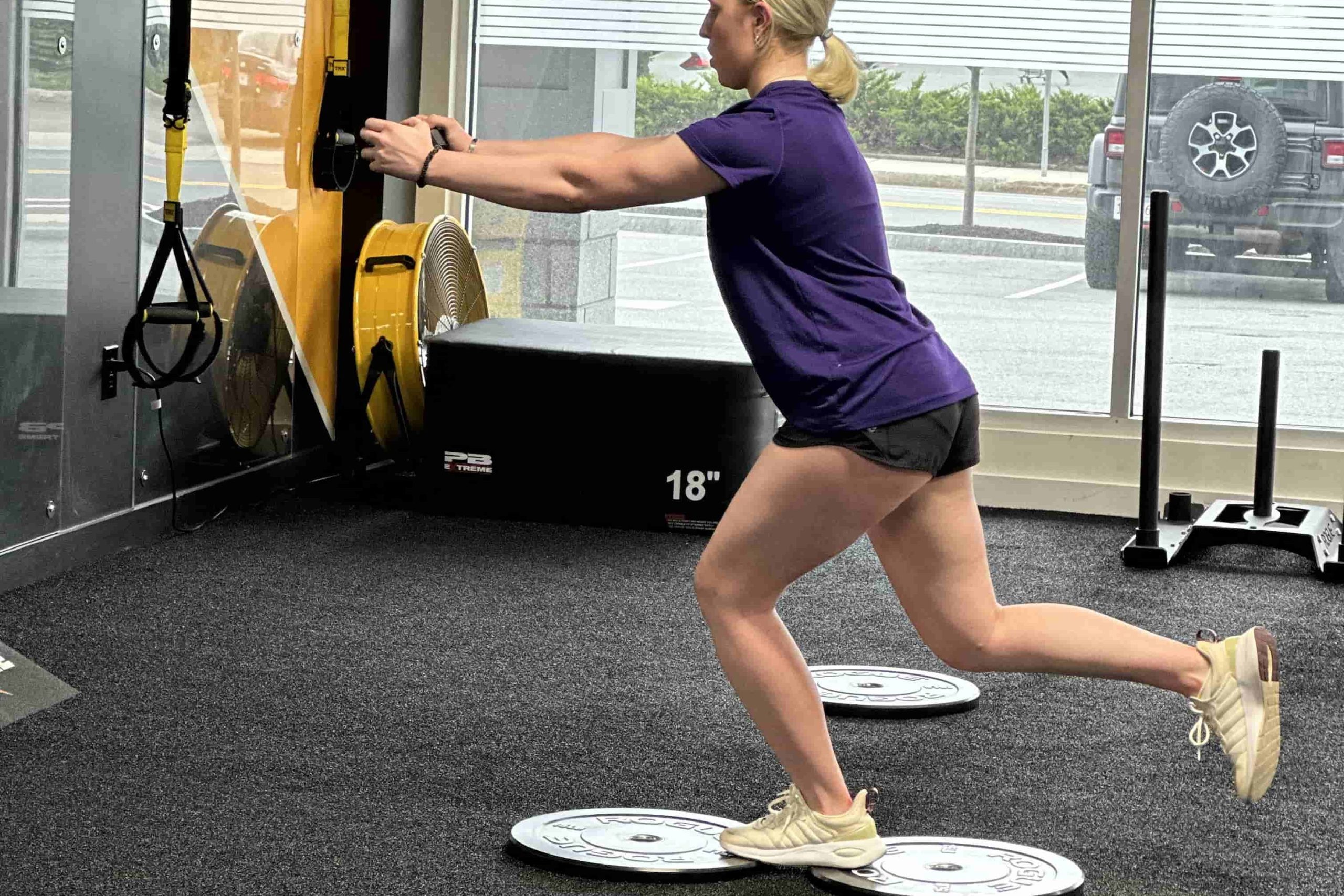
Balance Training is a specialized approach that strengthens stabilizing muscles, enhances coordination, and reduces fall risks, ultimately improving posture and promoting confident movement.
-
Certified Manual Therapy
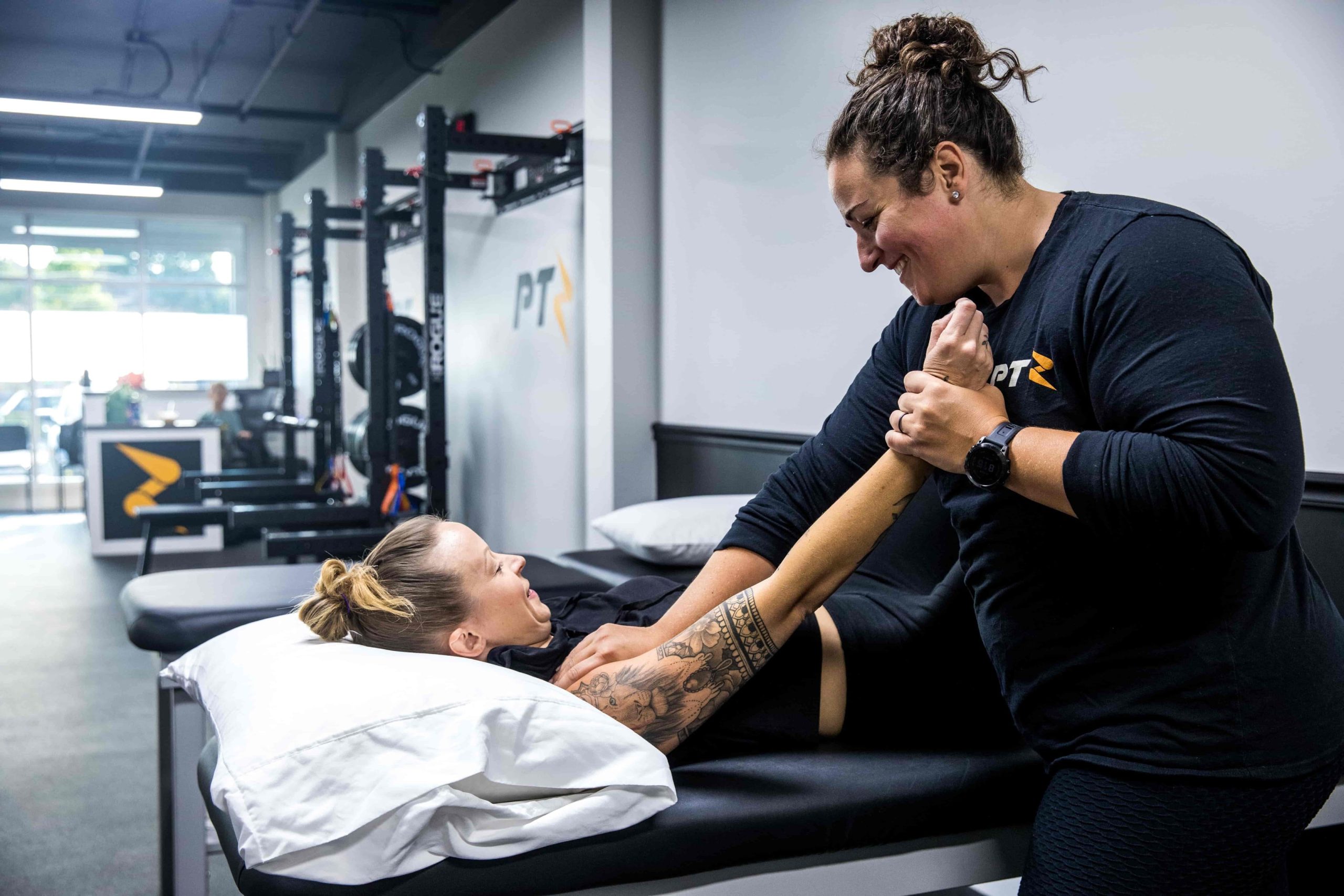
Certified Manual Therapy is a hands-on approach that addresses joint, muscle, and connective tissue dysfunction, reducing pain, improving alignment, and promoting faster, more efficient recovery.
-
Cupping
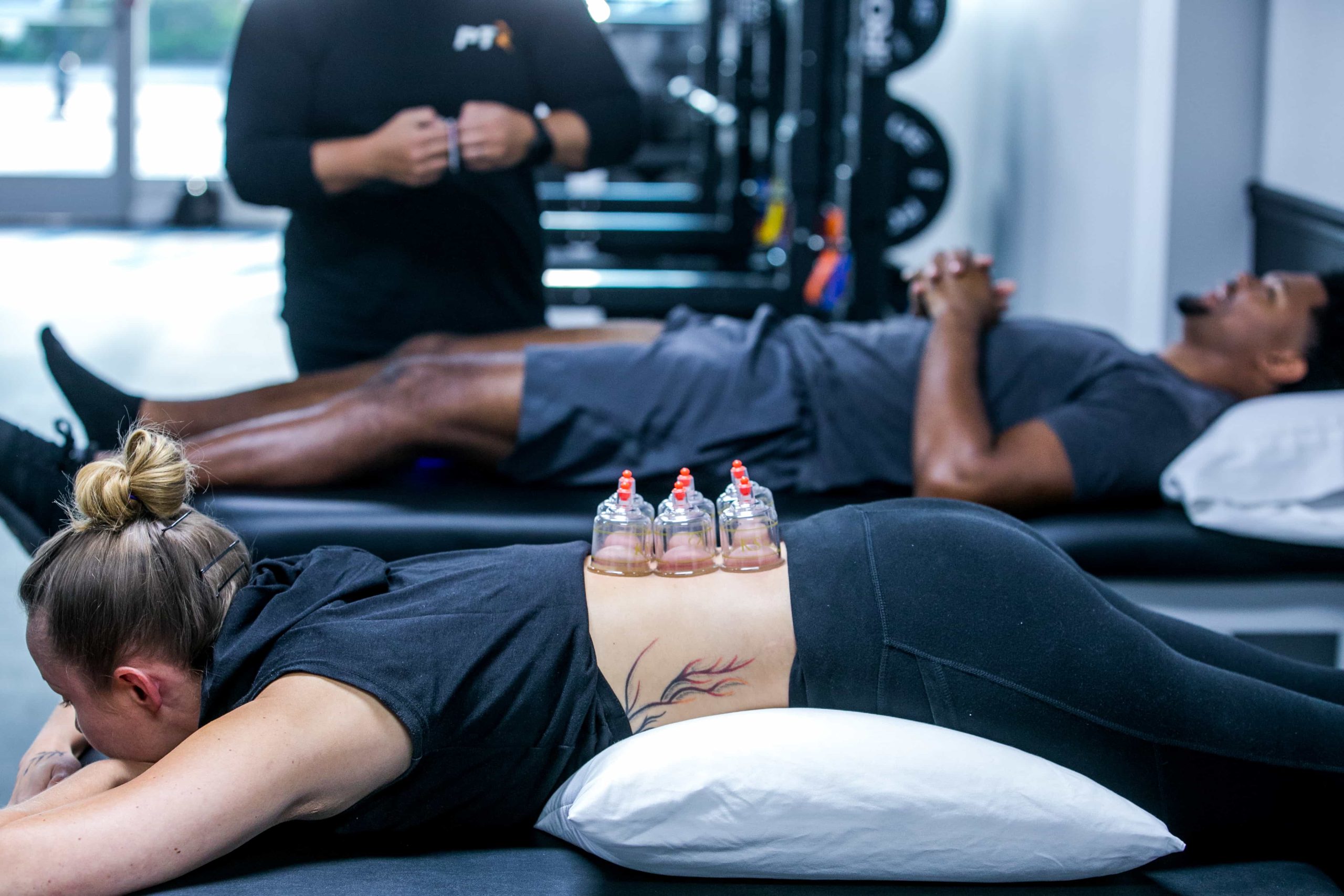
Cupping therapy is an ancient healing technique that uses suction to enhance circulation, relieve muscle tension, and promote the body’s natural recovery process.
-
Dry Needling
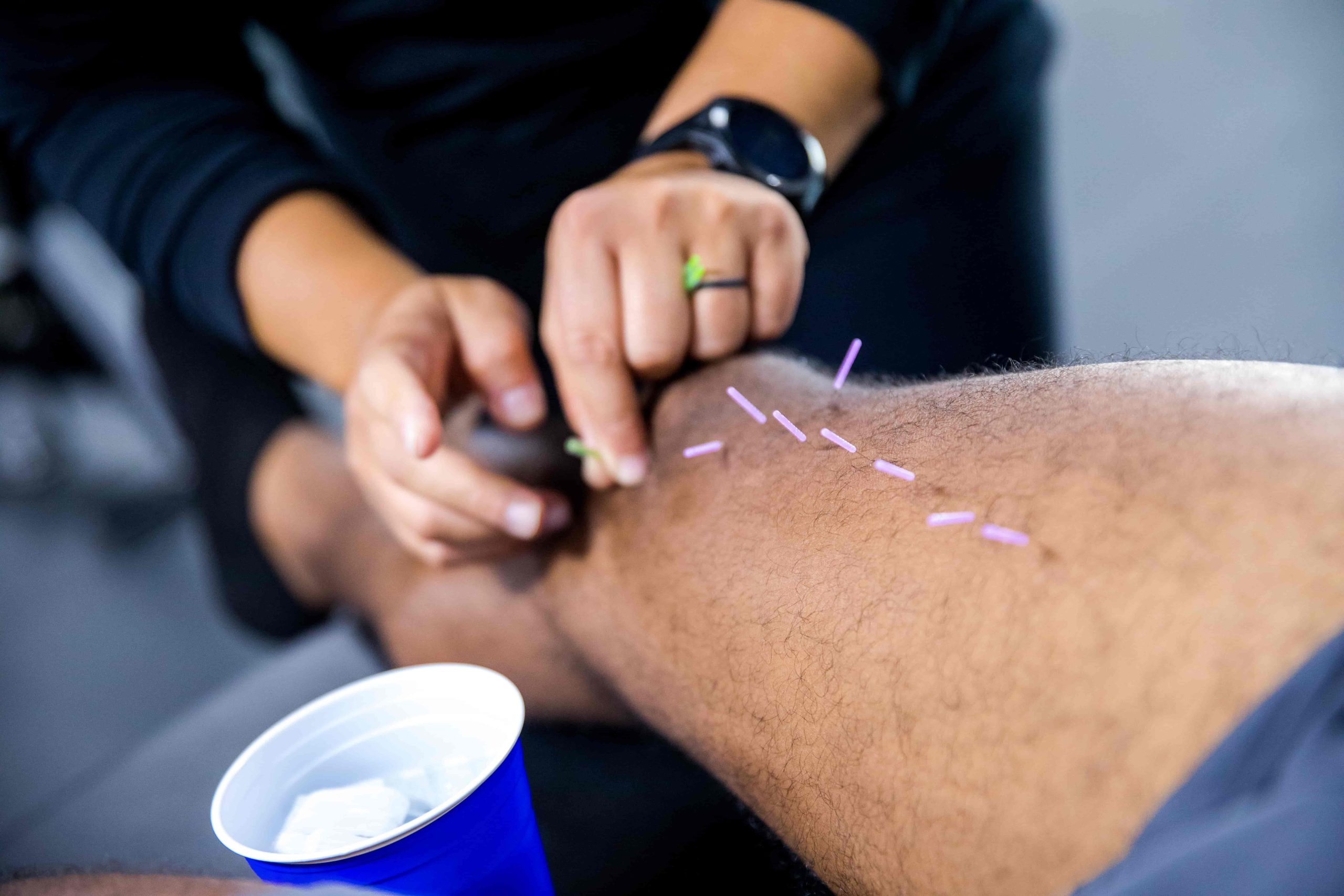
Dry needling is a modern therapy that targets muscle trigger points with thin needles to relieve pain, reduce tension, and restore mobility.
-
Gait Training
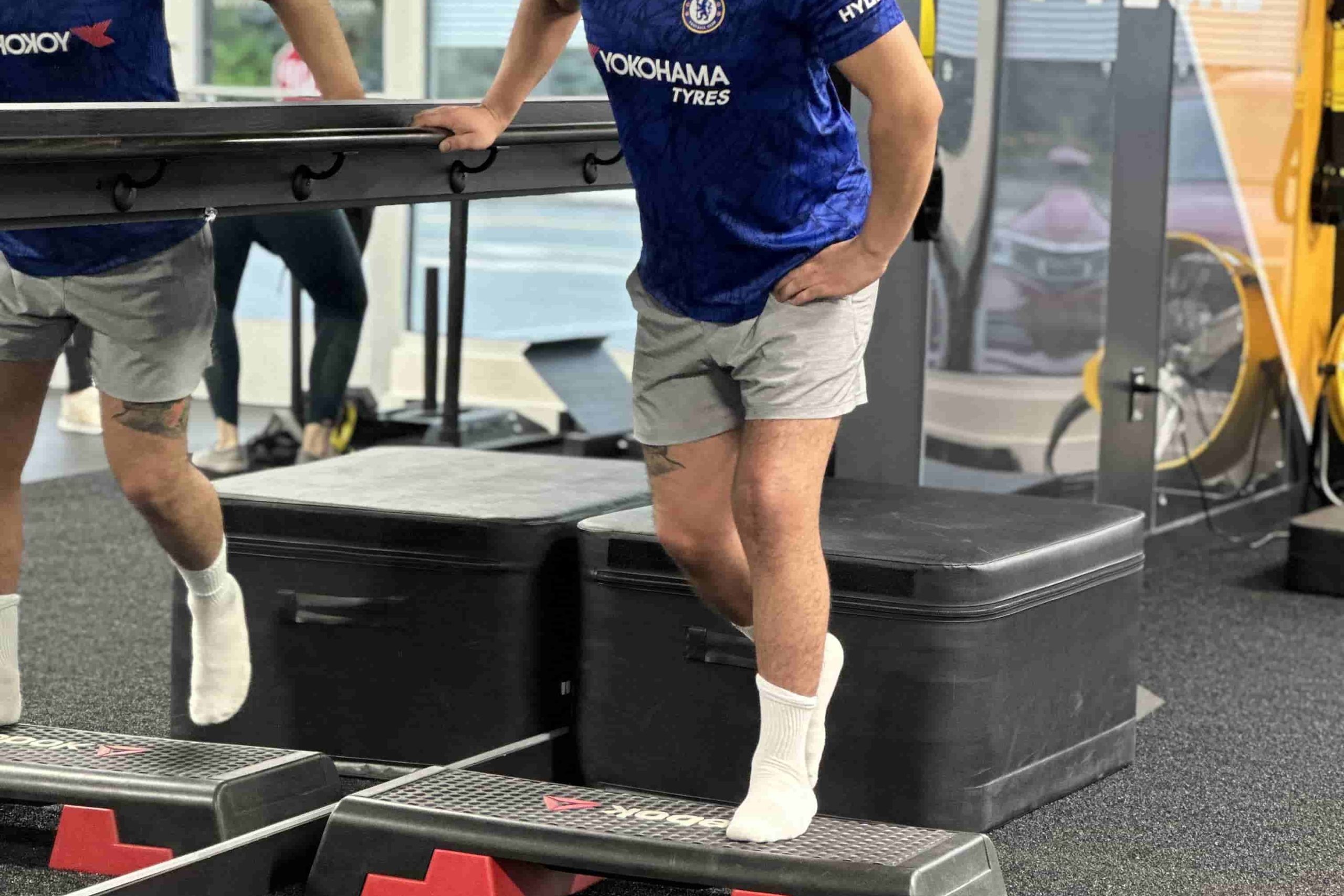
Gait Training is a specialized approach that enhances walking mechanics, improves lower-limb strength, and reduces re-injury risks, ultimately promoting more efficient movement.
-
Graston Technique
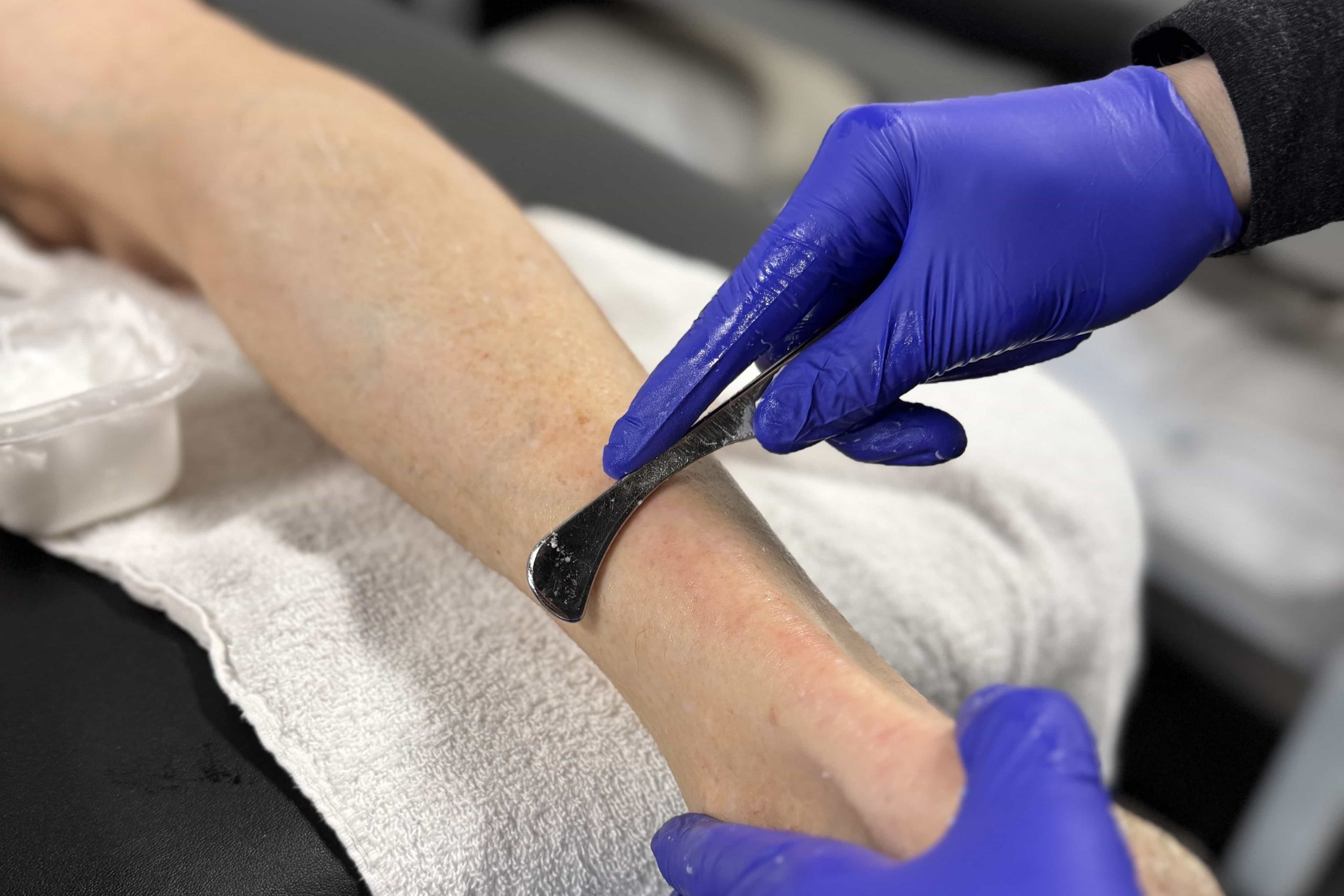
Graston Technique is a specialized manual therapy that uses stainless steel instruments to break down scar tissue, improve mobility, and accelerate healing.
-
Kinesiotaping
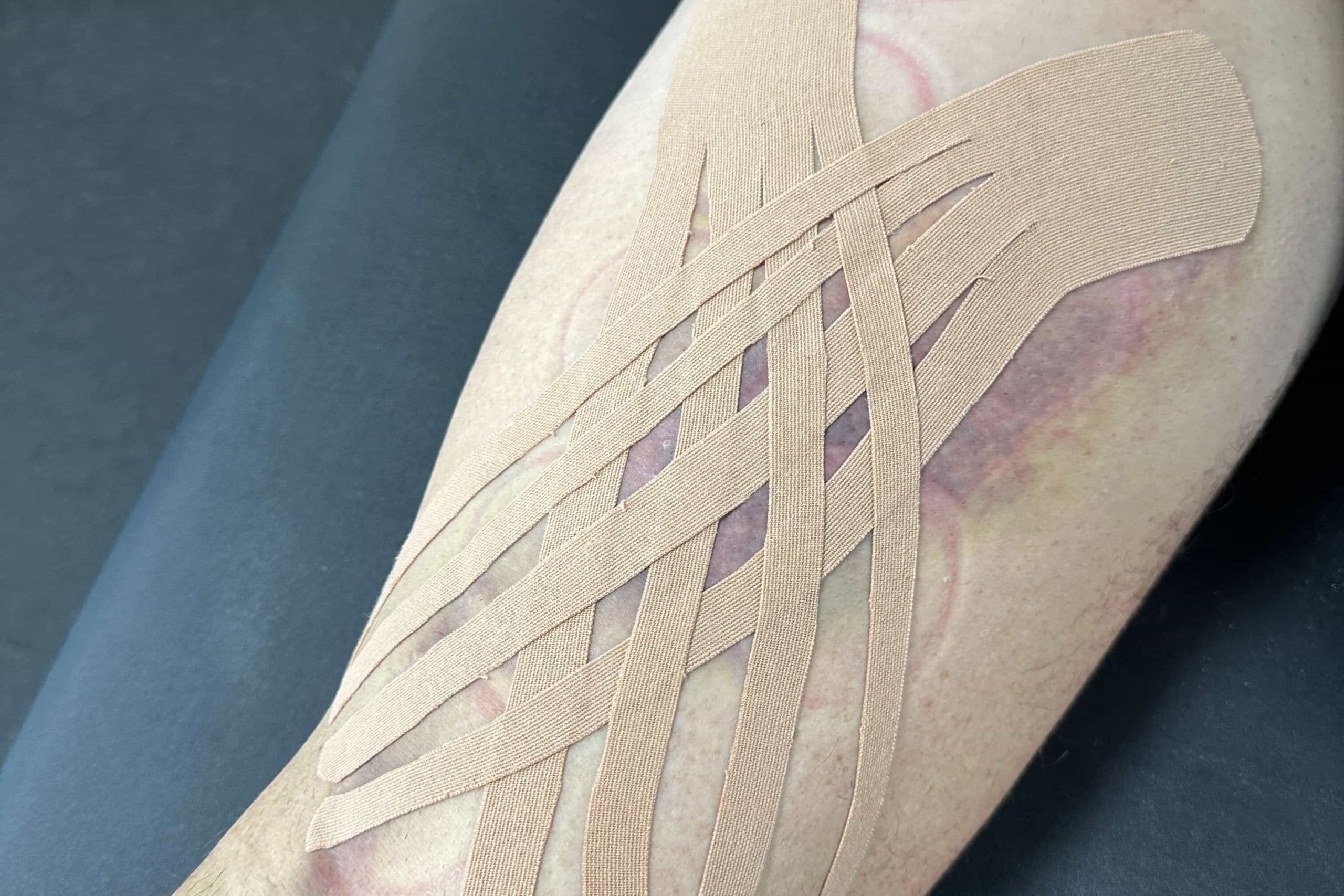
Kinesiotaping is a flexible taping method that provides gentle support, improves circulation, and helps maintain natural movement for a more comfortable and effective recovery.
-
Manual Traction

Manual Traction is a gentle, hands-on method used to decompress the spine, relieve pressure on discs and nerves, and improve overall comfort and mobility.
-
Post-Surgical Rehab
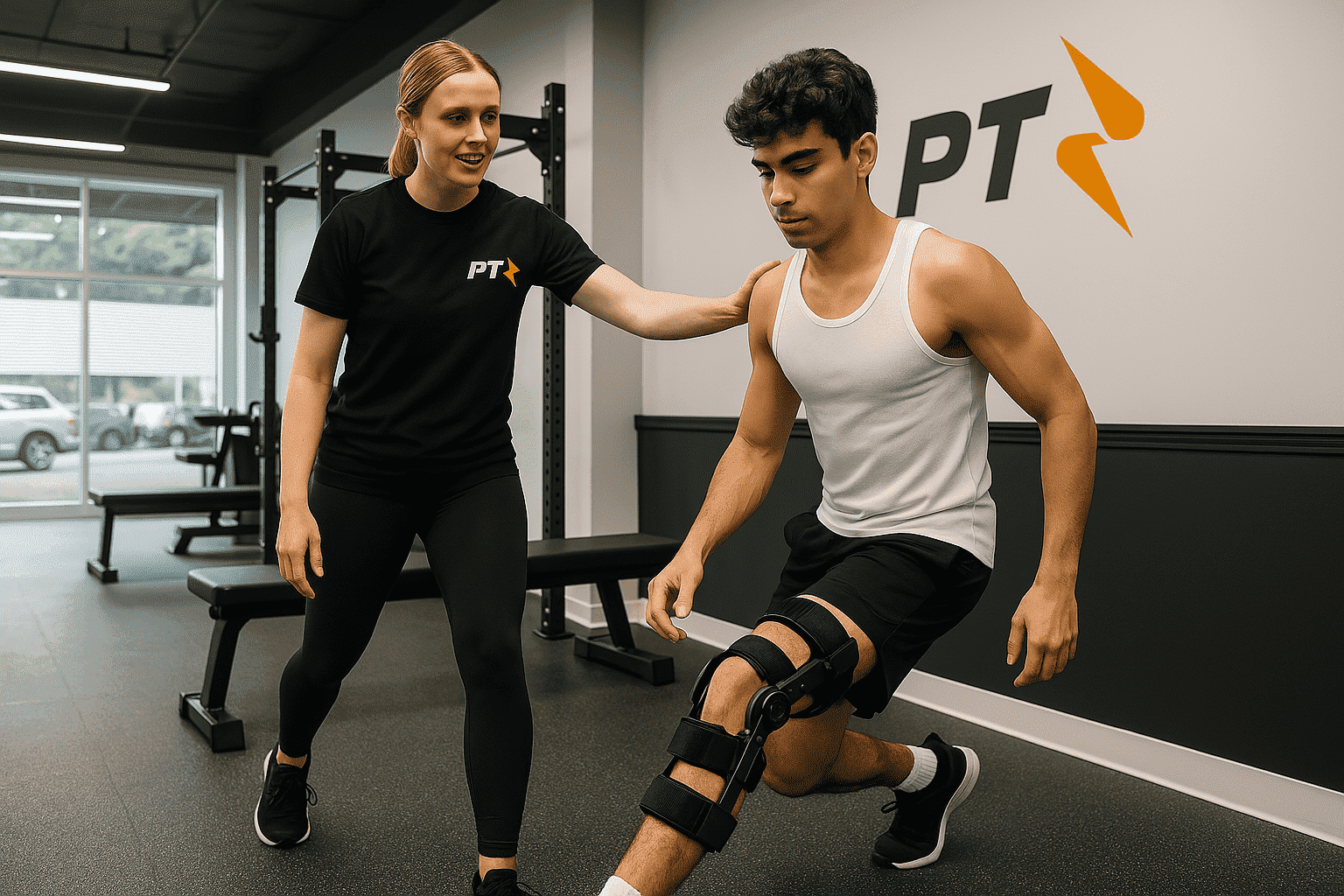
Post-Surgical Rehab is a structured recovery process designed to restore mobility, manage pain, and rebuild strength after surgery, ensuring a safer and faster return to your everyday activities or sports.
-
Physical Therapy for Weightlifters & CrossFit
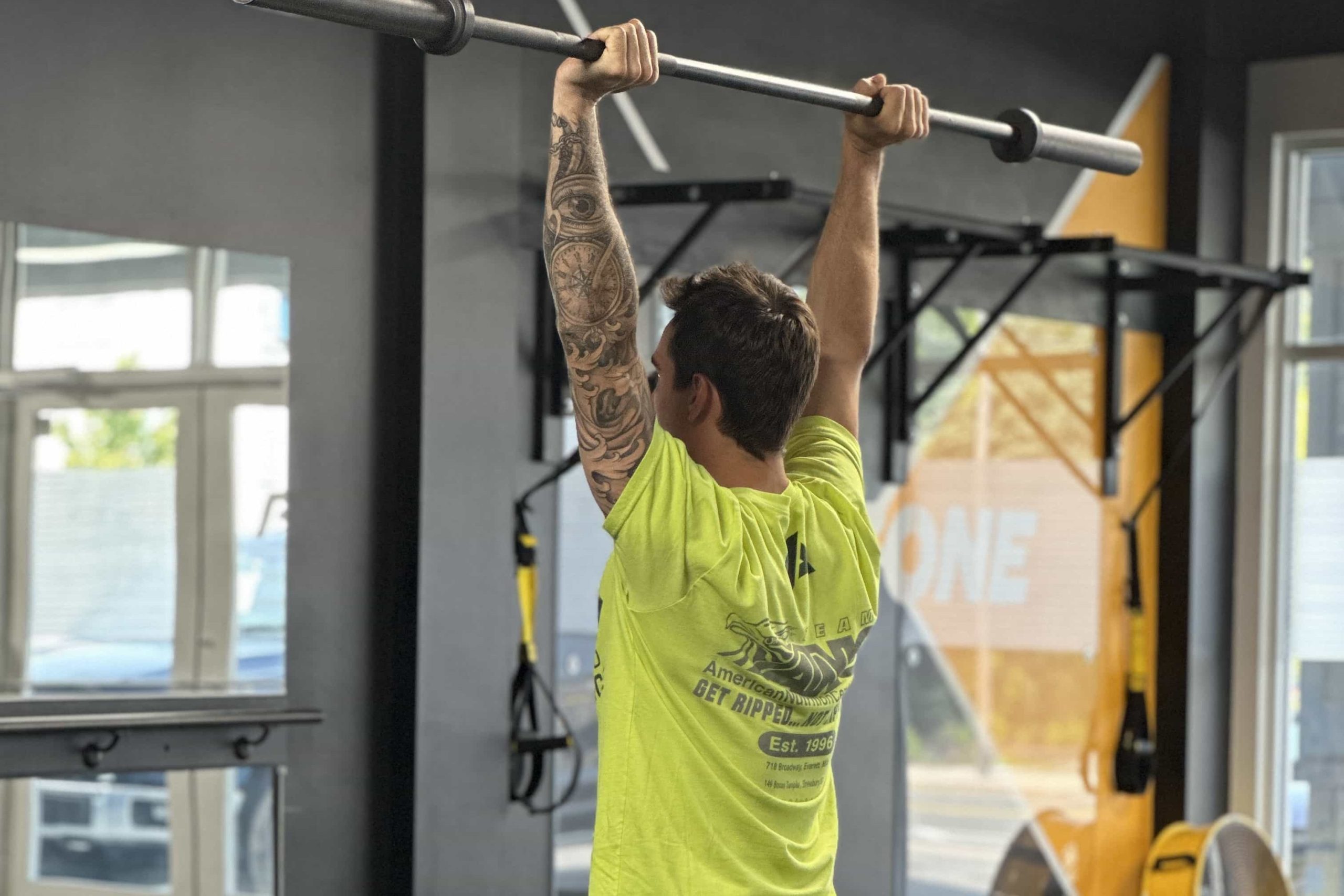
Physical Therapy for Weightlifters & CrossFit focuses on proper lifting mechanics, correcting muscle imbalances, and managing stress on joints to prevent pain, accelerate recovery, and enhance overall strength gains.
-
Physical Therapy For Runners
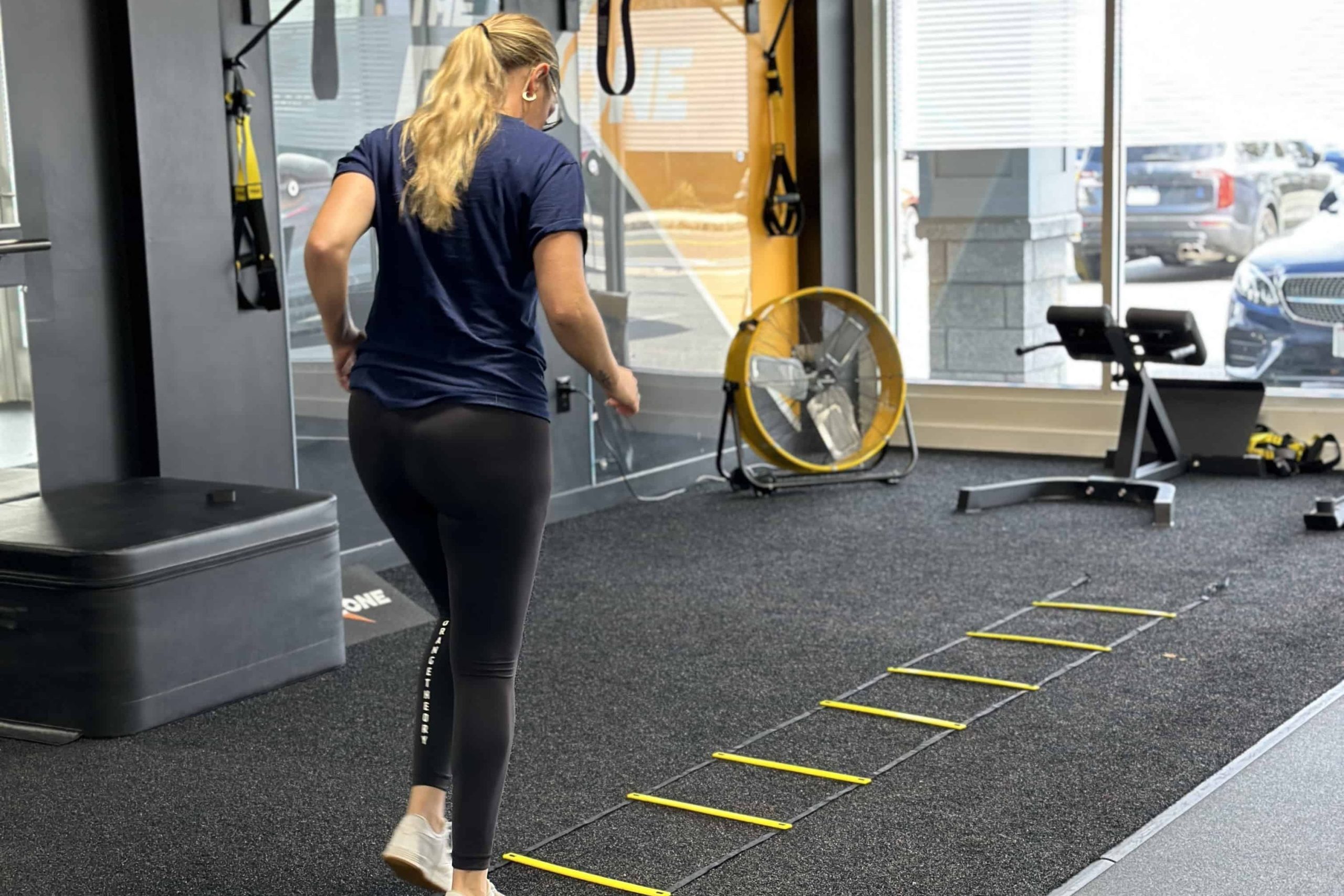
Physical Therapy for Runners focuses on refining running form, addressing muscle imbalances, and enhancing lower-limb stability to prevent injuries and boost performance.
-
Neuromuscular Massage Therapy
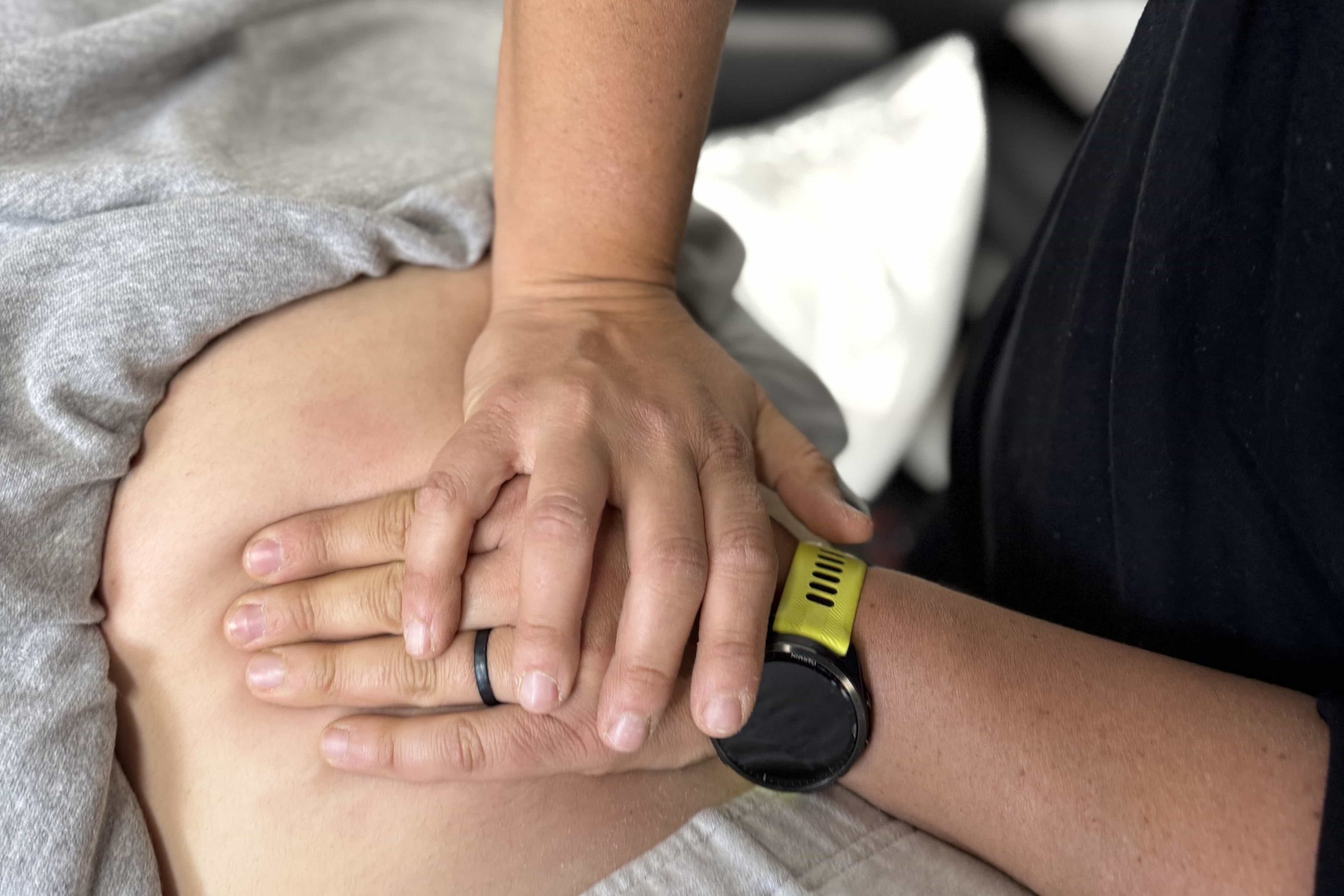
Neuromuscular Massage Therapy (NMT) precisely targets trigger points in muscles and connective tissues, relieving tension, restoring proper function, and promoting long-term pain relief.

The PT Zone is committed to lasting neck health—so you can live, drive, and work without hesitation.
Our evidence‑based whiplash program replaces stiffness and headaches with confident, pain‑free motion.
Common Questions from Whiplash Clients
1. Why did my neck pain start days after the accident?
Inflammation and muscle guarding can take 24–72 hours to peak, so pain often surfaces after initial adrenaline fades. Delayed soreness is typical for whiplash and responds well to early movement and gentle therapy.
2. Should I wear a cervical collar?
Rigid collars were common decades ago but can weaken stabilizing muscles if overused. Short‑term comfort use (1‑2 days) is acceptable, but early gentle motion and activation exercises lead to faster recovery.
3. How long will my headaches last?
Whiplash‑related cervicogenic headaches usually improve within 2–4 weeks when upper‑cervical joints regain mobility and suboccipital muscles relax. Consistent neck‑flexor strengthening and posture breaks keep headaches from lingering.
4. Is imaging necessary after a low‑speed crash?
If there’s no severe pain, neurological deficit, or red‑flag signs, X‑rays or MRI are often unnecessary. We use clinical rules (like the Canadian C‑spine) to decide if imaging is warranted.
5. Can exercise make my whiplash worse?
Properly dosed movements speed healing by increasing blood flow and restoring motor control. We start with low‑load activation and progress based on symptom response—avoiding sudden heavy lifting until muscles stabilize.
6. Why do I feel dizzy after whiplash?
Neck‑joint receptors work with your inner ear for balance. Injury can distort signals, causing dizziness. Specific eye‑head coordination drills recalibrate the system and typically resolve dizziness within a few weeks.
7. How do I prevent chronic neck pain after whiplash?
Start gentle movement early, strengthen deep neck flexors and scapular muscles, maintain good desk and driving posture, and manage stress with breathing drills. Addressing small flare‑ups quickly with your exercise toolkit stops them from snowballing into chronic issues.















